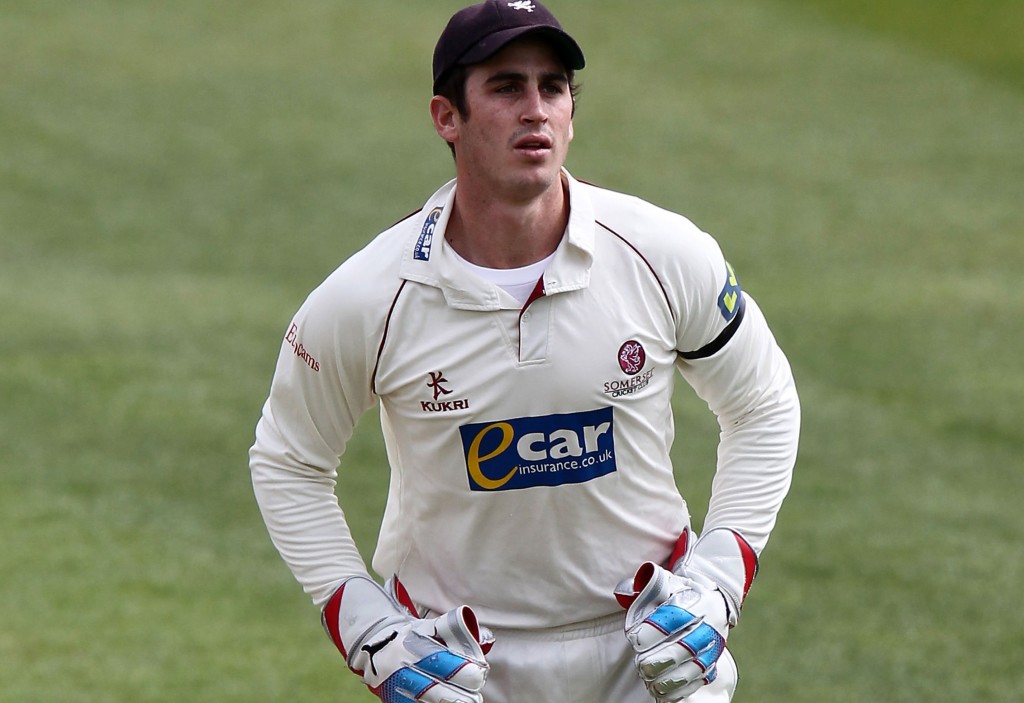The decision by Craig Kieswetter to quit cricket after being hit in the eye by a fast delivery which penetrated the visor of his helmet, should be acknowledged for what it is: an incredibly brave decision, writes Mark Salter.
He was hit in a county game which kept him out of action for two months as surgeons repaired his eye socket and cheekbone. But he returned, seemingly unscathed, and even went on to score 69 shortly afterwards. He came out to South Africa in the English winter in 2014 and played the Ram Slam T20 Challenge for the Warriors.
But then he acknowledged the injury had affected him far more deeply than he had thought. In his own words, he was no longer able to face up to the dangers of high speed deliveries, to a solid object approaching at 140km/h.
‘Having gone through the experience of my eye injury and everything it entailed, I feel mentally I will never again be the player that I was,’ he said. ‘And if I cannot give 100%, I feel uncomfortable continuing to play.’
At 27 years of age, after playing 46 ODIs and 25 T20Is for England, after 115 first-class games, the dream career, the only career he had ever wanted since his schoolboy days at Bishops, was over, and an uncertain future lies ahead. He is not the first to feel the fear, but the first to vocalise his feelings. England fast bowler Stuart Broad, too, was hit in the face, again by a ball which went through the visor.
Commentators have noted for some time now that his batting has gone to pot, that he was backing away and not prepared to get behind the ball like he used to do. The batting ability which brought him a century against Pakistan at Lord’s in 2010 and 10 fifties in his 79 Tests, was gone.
True, he scored a resilient 46 against New Zealand in the second and last Test at Headingly in May, when they threw everything they had at him, and may well have conquered the demons that lurk within. But he has yet to face the power and pace of Mitchell Johnson and Mitchell Starc in the Ashes series, and Dale Steyn and Morne Morkel on the faster pitches of South Africa, which will truly test his mental strength.
Another example of a Test cricketer unable to face the fury of the fast delivery, was Jeetan Patel, the New Zealand spinner and tail-end batsman who was condemned and mocked as he backed away from Dale Steyn, one of the fastest, most accurate bowlers in the world. He batted at No 9 in the first Test, but at 11 in the second.
He never played Test cricket again, and now plies his trade in the English county league where his other talents are still employed most effectively.
None of this must be confused, though, with the tragic demise of such players as Marcus Tresothick and Jonathon Trott, who were afflicted by depression, an illness which prevented them from functioning to their potential either on the field or off. Instead, this is related to pure fear. And it takes a brave man to acknowledge it.
One of the factors, says one sports psychologist, who for professional reasons chose not to be named, lies in the fact that those players who have had those injuries, no longer trust the equipment which was designed to protect them.
‘They were led to believe that wearing a helmet and a visor would save them from serious injury, and for the most part it does. Until it fails. That’s when the doubts creep in and they stay there, no matter how many times you tell them “it won’t happen again”. And they doubt their own ability to handle the delivery.’
Then there is the example of Philip Hughes, the talented and competent veteran of 24 Tests who died after turning his head and being hit below the ear in a State match.
‘That exposed a flaw in the design, which is now being rectified,’ said the psychologist. ‘But the thought is always there: “What if…”‘
The pressures on a top-level cricketer are enormous, from expectation to performance. The great ones handle it well. Occasionally, even great ones, crack.
So as Kieswetter sets off on a new path, he should be saluted: There goes a brave man.







